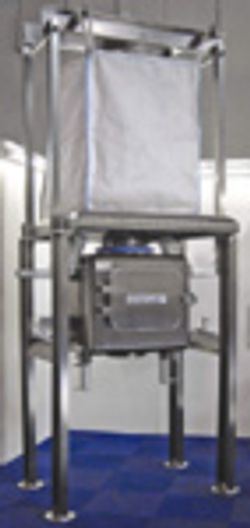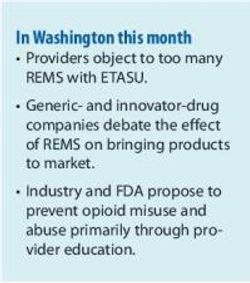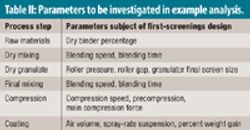Q&A with Diteba's Theo Kapanadze
The executive vice-president of sciences discusses industry trends and challenges.
Q&A with
Theo Kapanadze, executive vice-president sciences and chief scientific officer at Diteba Research Laboratories
PharmTech:
What is the biggest industry challenge you're now facing?
Theo Kapanadze
Kapanadze:
We are facing two major challenges today. The first is the fallout from the 2008 credit crisis. Many drug-development programs were delayed or cancelled. Although the credit markets have recovered somewhat and some clients are beginning to receive the funding necessary for their development programs, funding has been slower to materialize than most people in our industry predicted. There are still fewer programs than before and competition between contract research organizations (CROs) has stiffened in the pursuit of these programs.
The second challenge is the continuing consolidation of the pharmaceutical industry. Recent mergers have reduced Big Pharma's research and development (R&D) spending. Companies continue to evaluate their infrastructures and processes, putting many initiatives on hold until they complete internal restructuring. Big Pharma still accounts for two-thirds of all R&D spending, so many in our industry view it as the biggest driver of our growth. We as an industry will need to develop new business models to evolve with any impending shifts in Big Pharma spending or R&D philosophies.
PharmTech:
Do you see a new industry trend emerging?
Kapanadze:
Companies are adapting new analytical technologies in conjunction with scientific expertise. The implementation of new analytical technologies such as ultraperformance liquid chromatography plays a crucial role in designing and controlling manufacturing processes for raw, in-process materials and final product quality. New analytical initiatives help build quality into the product and manufacturing processes, as well as enabling continuous process improvement.
Pharmaceutical companies are facing growing demands for increased productivity and reduced manufacturing costs. They also have to meet the evolving need for higher quality standards and higher expectations for drug performance. Therefore, the role of independent analytical experts and CROs equipped with new technology is significantly increasing. The cost factors and the higher scientific throughput of the recently introduced technologies require manufacturers to build closer collaborations with specialized analytical CROs than before.




